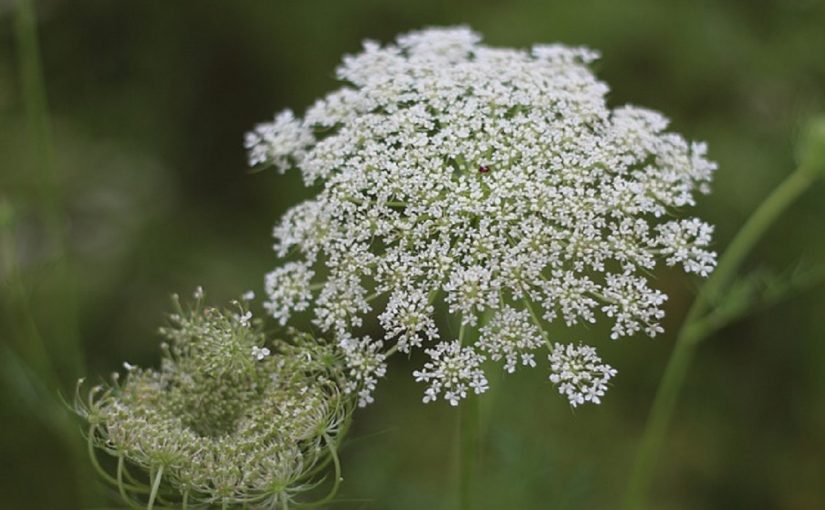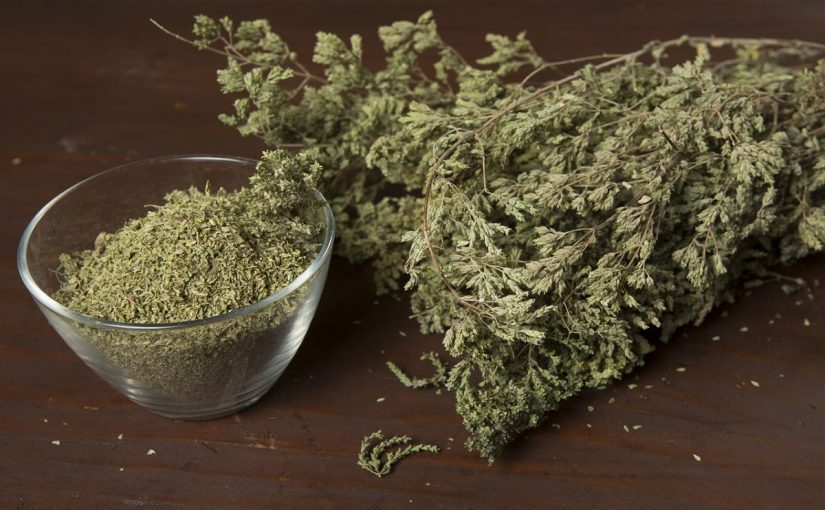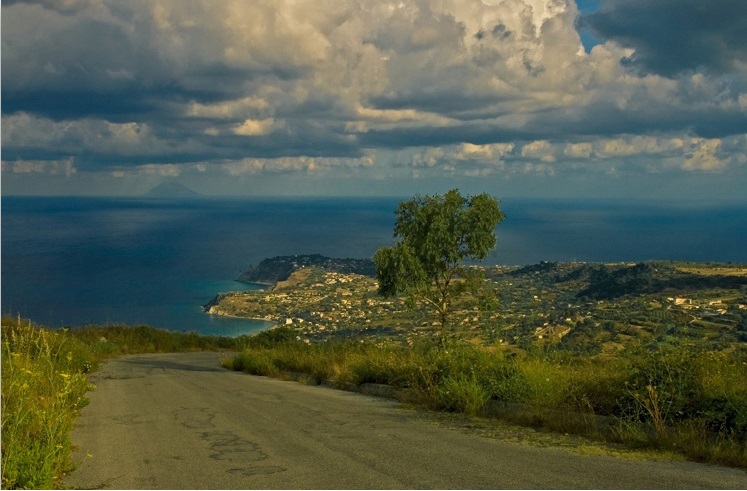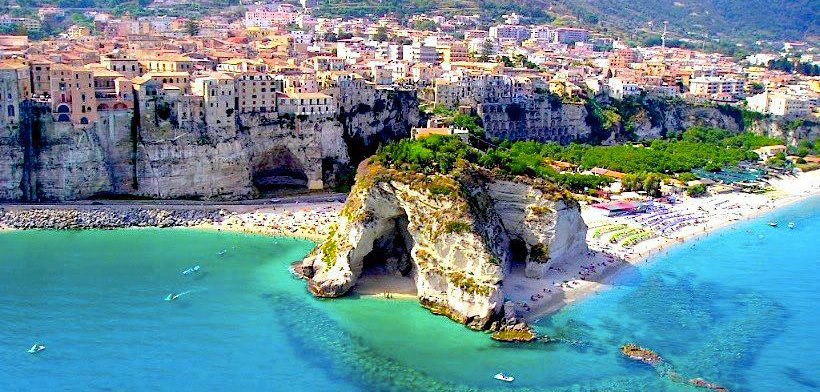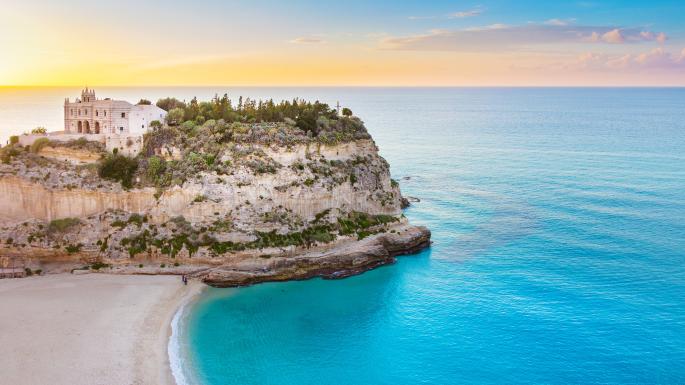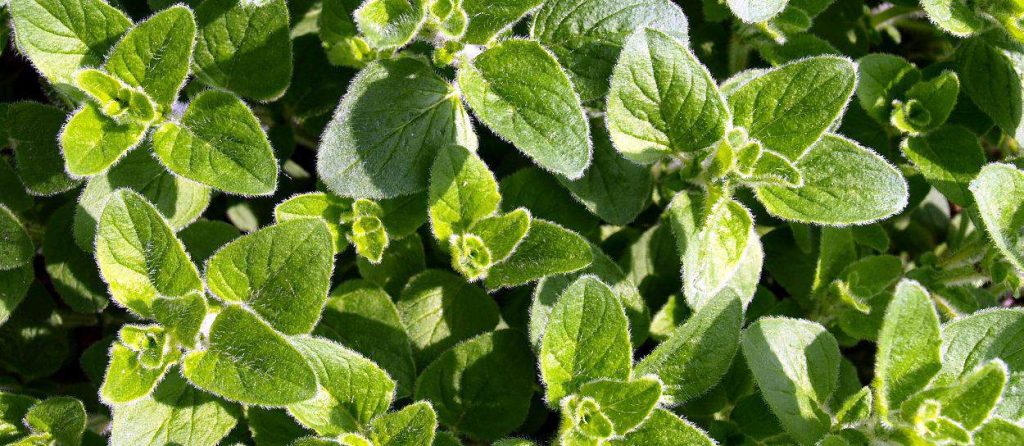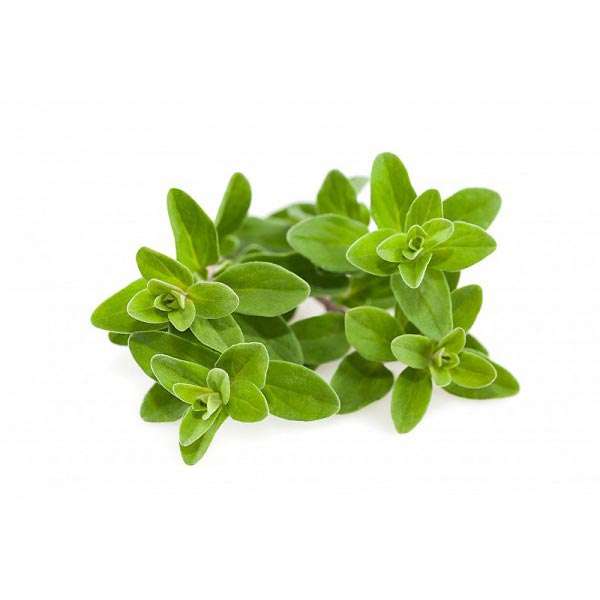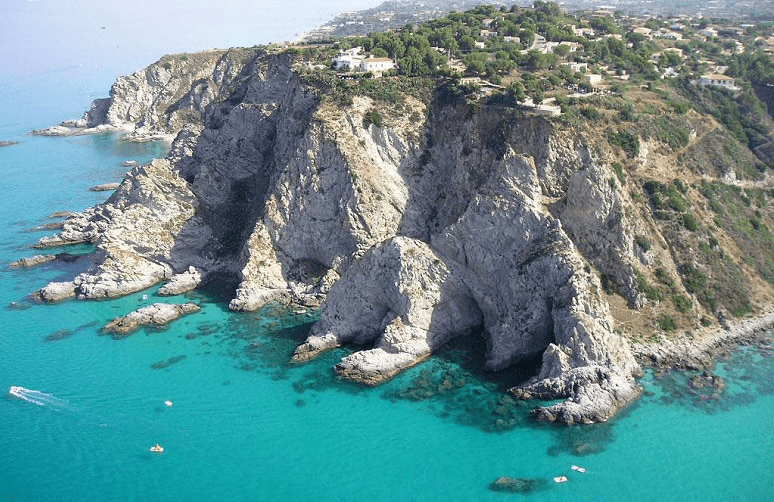12.7.2019
“FINOCCHIU I TIMPA”.
The expression in Calabrian dialect to designate wild fennel, growing in the meadows and on the sweet hills of the region, is “Finocchiu i Timpa” (literally “Fennel of mountain peak”). The word “timpa” means, indeed, round mountain peak with cliff walls.
The Plant, originating from the Mediterranean regions with gravelly soils, is a perennial herb with a sweet and intense aroma!

Since ancient times it has been used as a food and medicinal plant for its digestive, reconstituting and aromatic properties. The parts used are the new shoots and the seeds.
The new shoots are used for the preparation of soups; the raw seeds for flavoring sausages and vegetables in general and for preparing a stimulating and digestive liqueur.
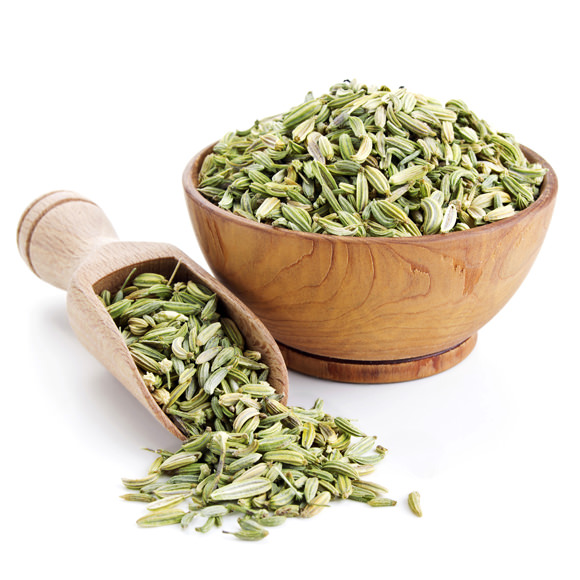
In the seeds, in fact, the highest concentration of anethole, aromatic compound, of which the whole plant is rich, is contained.
HISTORY
It seems that in ancient Rome the fennel was used to cover the bad smells and tastes of not very fresh foods and that from this cooking trick the term «infinocchiare» was born, that is to deceive, cheat.

Further, the plant was well known and appreciated by the Greeks and widespread also in the East. These ancient peoples considered it a very precious plant for its thousand uses.
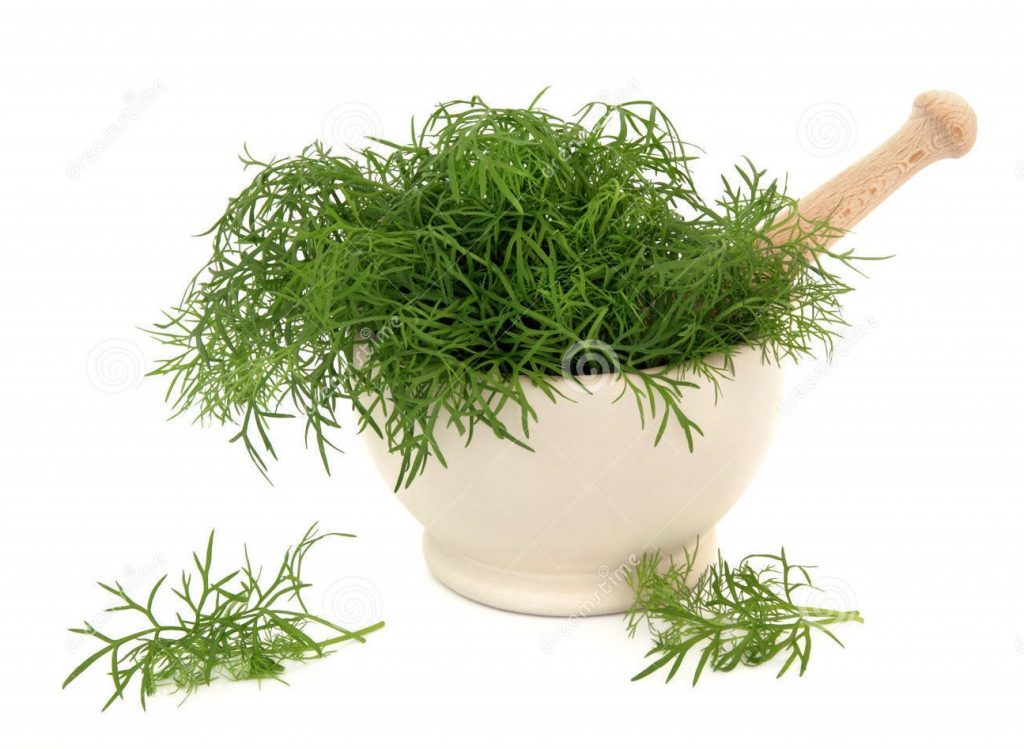
GASTRONOMY
In Calabria properties of fennel have been known for millennia and it is still widely used both in the kitchen and in phytotherapy, the greatest use is in the kitchen for drinks, teas and the “rosolio” (a liqueur).
Various decoctions aromatize the cured meats the first courses and the meats in general.

This demonstrates that this humble plant, to the reach of everybody, In short is one of the many gifts of this beautiful region, Calabria.

